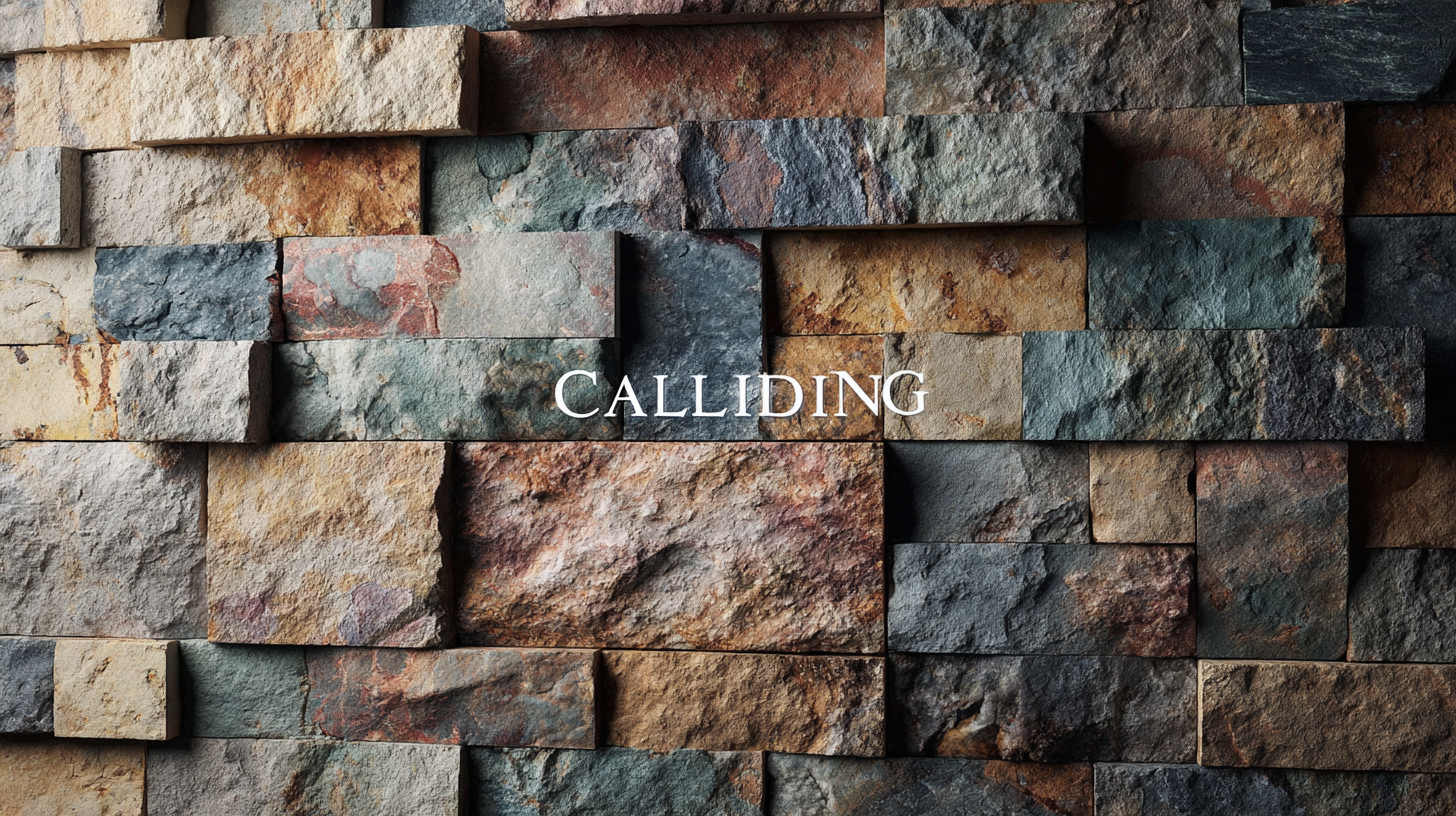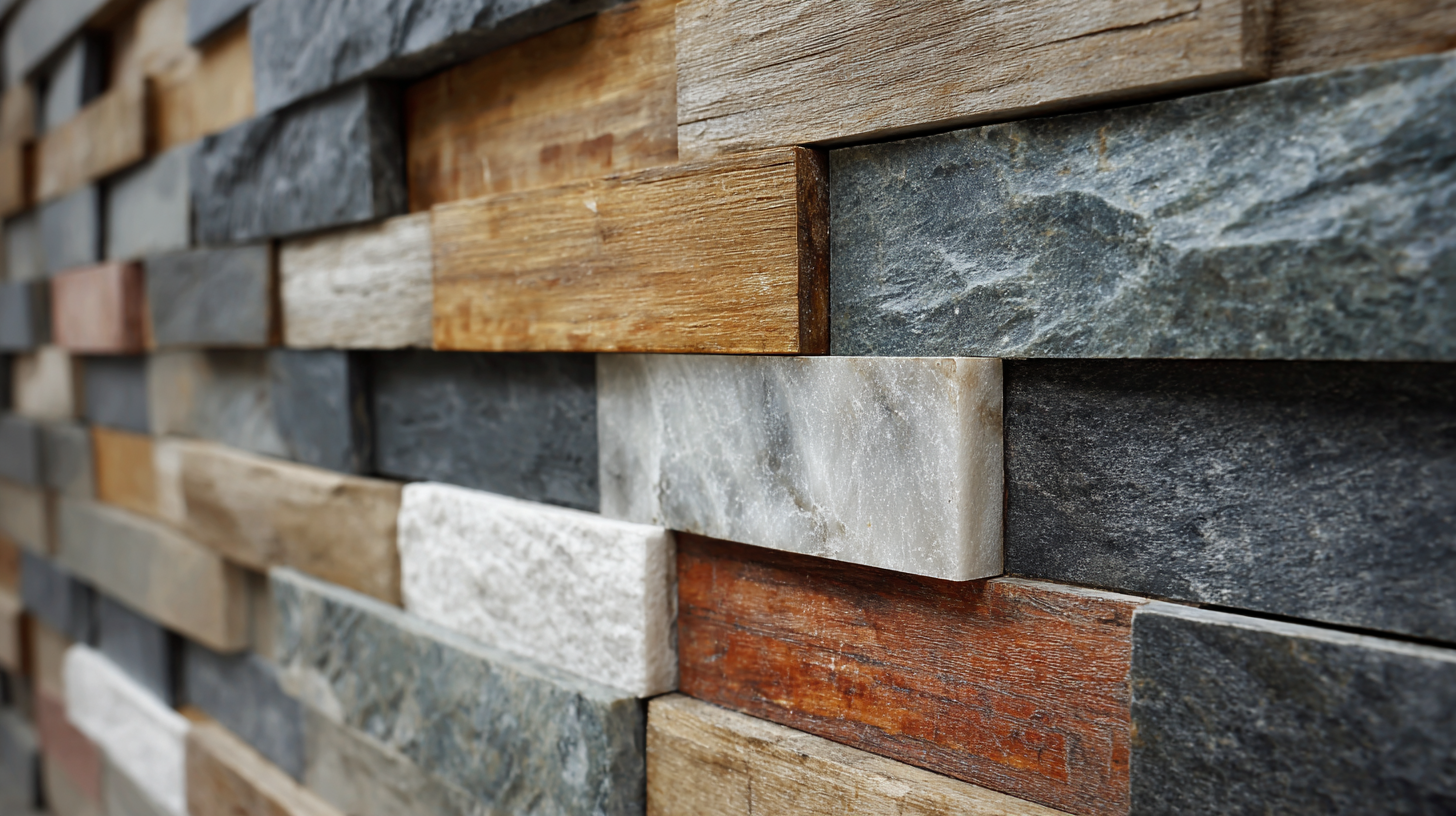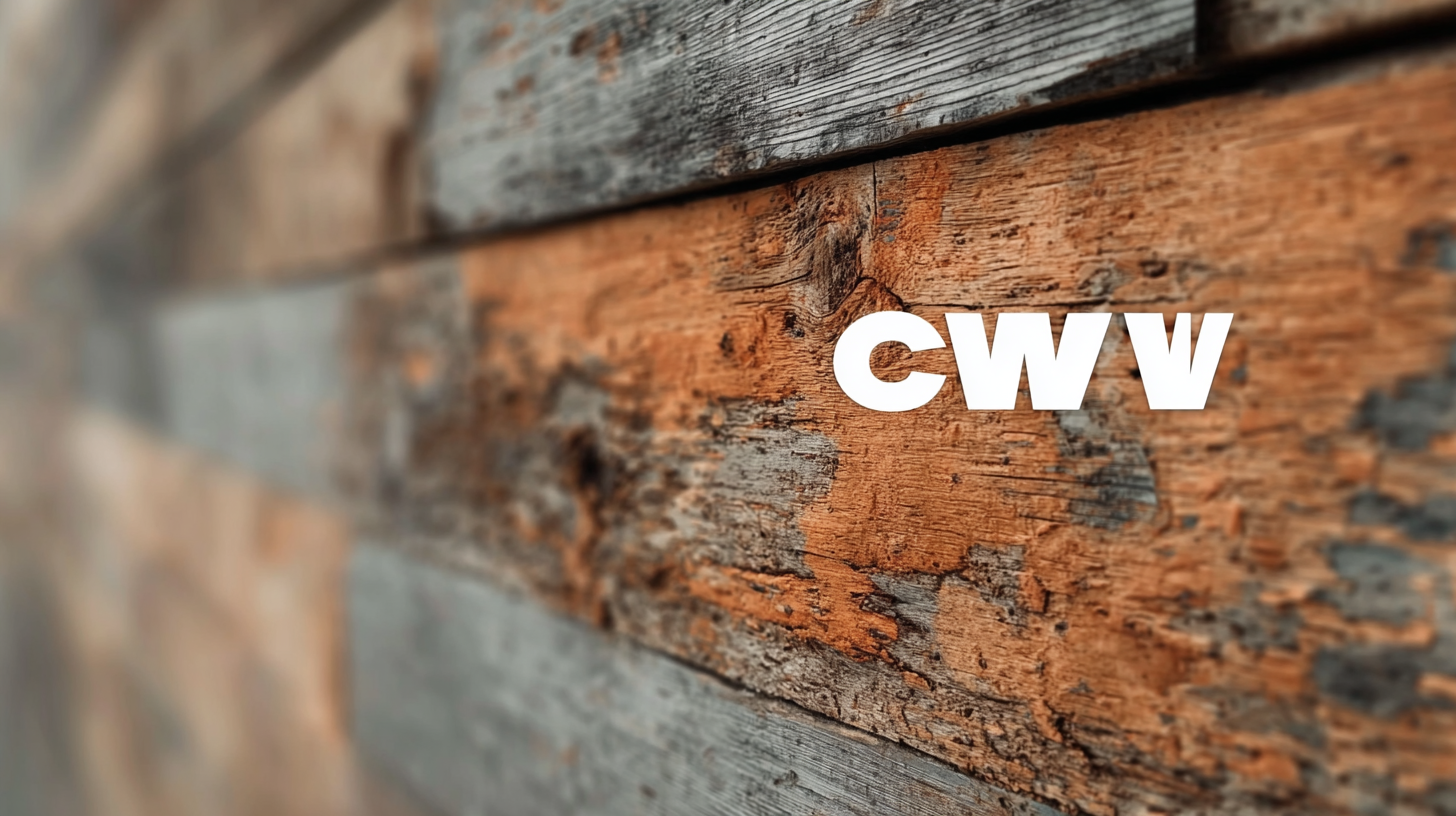In recent years, the wall cladding industry has experienced significant growth, driven by increasing demand for aesthetic appeal as well as energy efficiency in construction projects. According to a report by MarketResearchFuture, the global wall cladding market is projected to reach USD 319.78 billion by 2025, expanding at a CAGR of 4.8%. This surge is attributed to the rising consumer preference for eco-friendly materials and the rapid urbanization across developing nations. As architects and builders strive to enhance the visual and functional aspects of buildings, selecting the best wall cladding becomes a pivotal aspect of project planning. This tutorial aims to guide you through the essential considerations when choosing wall cladding, ensuring that your selection not only complements the design vision but also adheres to durability and sustainability standards.

When it comes to selecting wall cladding for your next project, it's essential to understand the various materials available and their distinct properties. Popular options include vinyl, wood, metal, and stone, each presenting unique advantages and drawbacks. For instance, vinyl cladding is low-maintenance and cost-effective, making it an ideal choice for budget-conscious projects. According to a report by the American Institute of Architects (AIA), vinyl has seen a 25% increase in popularity over the past five years due to its versatility and durability.
On the other hand, wood offers a natural aesthetic but requires regular maintenance to prevent rot and insect damage. A study by the International Wood Products Association highlights that while wood can enhance resale value significantly—by as much as 10%—its longevity depends heavily on proper installations and finishes. If opting for metal, it's important to consider that while it is fire-resistant and recyclable, it can be prone to dents and scratches, as noted in a report from the National Association of Home Builders.
**Tip:** Always assess your local climate when choosing wall cladding material, as this can significantly impact durability and maintenance. For example, in areas with high humidity, vinyl or metal might outperform wood.
**Tip:** Factor in the insulation properties of your chosen cladding. Materials like stone may provide superior thermal performance, potentially lowering heating and cooling costs in the long run.
Choosing the right wall cladding requires careful consideration of material properties and their implications on both aesthetics and functionality.
When selecting wall cladding for your next project, durability and aesthetics are two key factors that should guide your decision. Durability is crucial as it determines how well the cladding will withstand the elements over time. Materials like fiber cement, brick, and natural stone are renowned for their resilience against moisture, UV rays, and temperature fluctuations, making them ideal for both interior and exterior applications. Additionally, understanding the local climate can help you choose the right material that will resist wear and tear in your geographical area.
Aesthetics also play a significant role in your choice of wall cladding. The right finish can elevate the visual appeal of any space, enhancing its character and overall design. Whether opting for a sleek modern look or a rustic charm, materials like wood, metal, and vinyl can provide diverse styles and colors to match your vision. It’s imperative to consider not only the appearance but also the texture and how it complements the surrounding environment. Balancing these factors will guide you toward a wall cladding option that meets both functional requirements and aesthetic desires, ensuring a successful project outcome.
When considering wall cladding options for your next project, cost analysis plays a crucial role in ensuring a balance between quality and longevity. Investing in high-quality materials may initially stretch your budget, but the long-term savings can be significant. For instance, natural stone or fiber cement might come with a higher upfront cost, yet their durability can reduce the frequency and costs associated with maintenance and replacement. Properly installed, these materials can provide aesthetic appeal and resilience, enhancing the overall value of your property.
On the other hand, more affordable cladding choices, such as vinyl or plywood, may seem budget-friendly at first glance. However, they often require more frequent repairs and replacements over time, leading to higher cumulative costs. It's essential to evaluate not only the initial price but also the total lifecycle costs, including maintenance, energy efficiency, and potential increases in resale value. By carefully weighing these factors, you can make an informed decision that aligns with both your budget and the desired longevity of your wall cladding.

When selecting wall cladding for your project, it's crucial to consider sustainability. Eco-friendly materials not only minimize environmental impact but also offer long-term benefits that enhance the value of your property. Options like reclaimed wood, bamboo, and recycled metal are not only sustainable but also provide unique aesthetics that can complement any architectural style. Choosing materials that are sourced responsibly can significantly reduce your carbon footprint and contribute to a healthier living environment.
Tip: When opting for sustainable materials, look for certifications like FSC (Forest Stewardship Council) or Cradle-to-Cradle products, which ensure that your choices meet rigorous environmental standards. Additionally, consider the durability of the materials; investing in high-quality, eco-friendly cladding can save you money on repairs and replacements in the long run.
Another key advantage of eco-friendly wall cladding is its potential for thermal efficiency. Many sustainable materials have excellent insulating properties, which can reduce energy consumption for heating and cooling. This not only saves on utility bills but also contributes to a lower overall environmental impact of your home.
Tip: Evaluate the energy performance of your cladding options by checking insulation ratings and seeking advice from experts in sustainable architecture. This will help you select materials that will keep your building comfortable year-round while promoting eco-friendliness.

When selecting wall cladding for your project, understanding the installation techniques and maintenance requirements of different materials is crucial. For example,
Vinyl cladding is popular due to its ease of installation and minimal upkeep. It can often be simply snapped together, making it a great choice for DIY enthusiasts. Regular cleaning with soap and water is usually sufficient to maintain its appearance.
On the other hand,
Natural stone cladding offers a stunning aesthetic but requires a more intricate installation process. Each stone must be carefully selected and often needs specialized tools for cutting and fitting. Additionally, while stone is durable, it can be subject to staining, necessitating sealing every few years to preserve its look.
Wood cladding, while offering warmth and charm, requires regular treatment with paints or stains to protect against weather damage and insect infestations. Understanding these varying requirements helps ensure that your wall cladding not only enhances your building's appeal but also stays in great shape for years to come.
